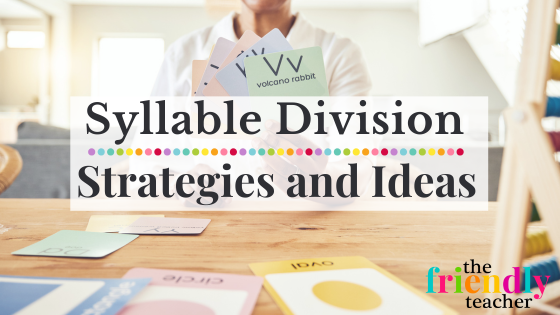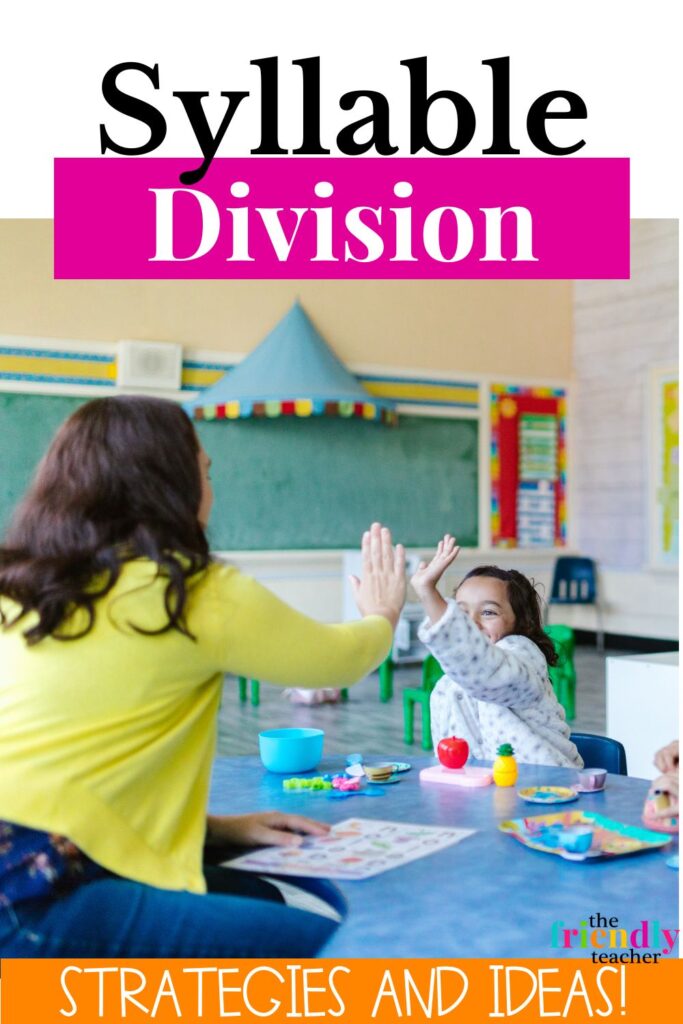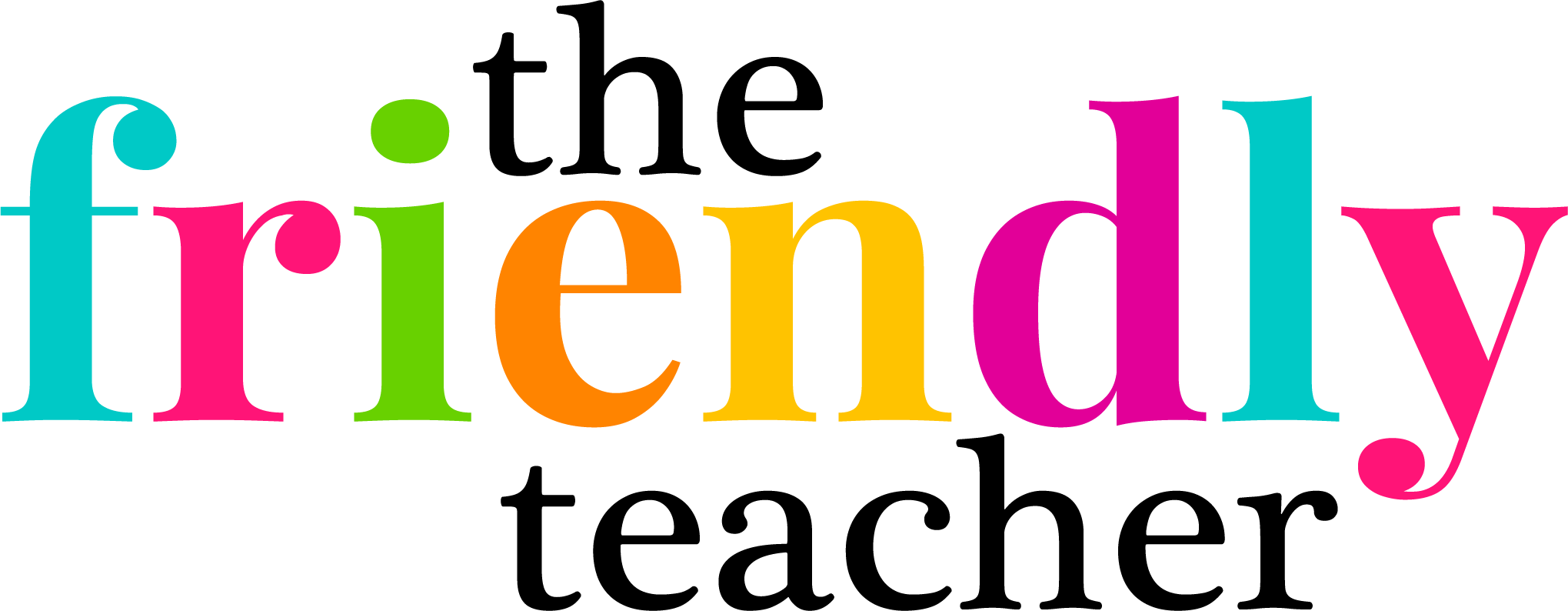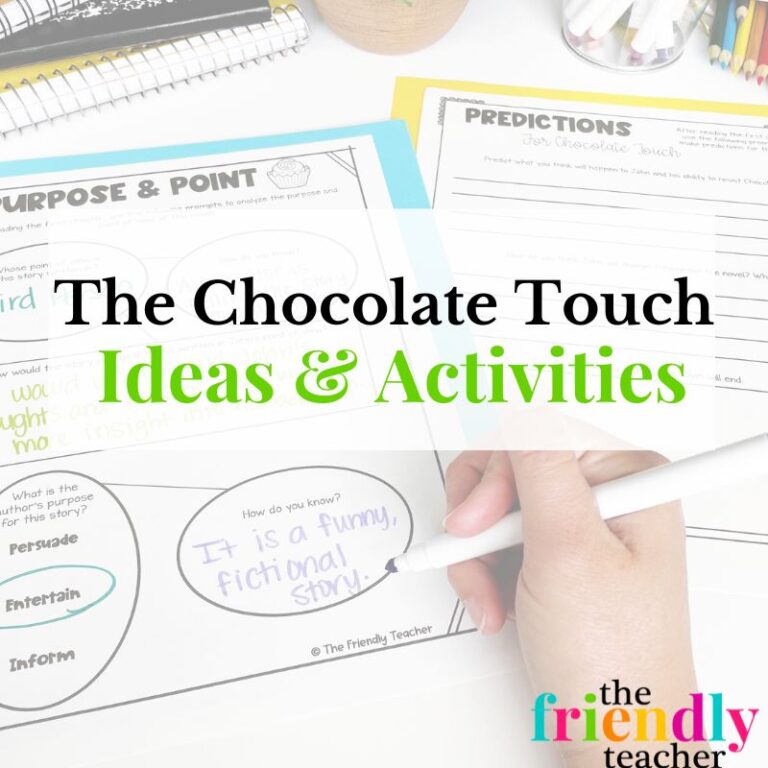
Are you struggling to teach syllable division? Do your students find it challenging to break down words into manageable parts? Look no further! In this post, we will provide you with effective strategies to make syllable division a breeze for your kiddos.
Understanding syllable division is crucial for improving reading and pronunciation skills. By breaking down words into smaller units, you can identify patterns and decipher their meaning more easily.
Why is syllable division important in reading and spelling?
Syllable division plays a vital role in reading and spelling. When students come across unfamiliar words, breaking them into syllables helps us decode their pronunciation and meaning. By understanding syllable division, students can improve their reading fluency, vocabulary, and spelling accuracy.
Common Syllable Division Rules
Understanding common syllable division patterns is key to mastering syllable division. Here are a few essential patterns to familiarize your students with:
1. VC | CV – Rabbit Rule This is the easiest division, so it is typically introduced first. This rule states that if two consonants are between two vowels, you divide the word between the consonants.
2. V | CV- Tiger Rule This rule states that if there is only one consonant between two vowels, then you want to divide after the first vowel (making the first syllable open).
3. VC | V- Camel Rule This is the most confusing syllable rule for the kiddos. You do this with the Tiger rule. If you do the Tiger rule and it does not create a word, then you know that you must switch the camel rule and divide after the consonant instead of the vowel, making the first syllable closed.
4. .CLE – Turtle Rule Here we teach students that if a word ends with an LE, then you could back three letters and divide your word into two syllables.
5. V | V- Lion Rule Here we teach our students if there are two vowels together, and they do not form a vowel team, then you divide between the two vowels.
This can be a lot to learn for our kiddos. So, you go through just one at a time and add on as the year goes. You are using these words to divide and figure out multisyllabic words and once the kids catch on, they can do so fairly quickly!
Daily Strategy to Improve Syllable Division
One easy way to bring syllable division into your everyday learning is by doing daily syllable division drills.
The drills look like this…
- You divide one word as a whole class, figure out the pronunciation, and then define it together.
- You take a sentence and divide one word within that sentence, doing the same as above.
- Then, you encode two words as a class.
If you do this every day, it takes 5 minutes but will show great growth in your student’s ability to decode and encode words.
You work through many different phonics patterns, reviewing everything your students have learned in the past, but with much more difficult words. Plus, it is great vocabulary practice as well.
Check out one week for free here to see how you could use it in your classroom!
Using Syllable Division to Improve Reading Fluency
Syllable division is an effective strategy for improving reading fluency. By breaking words into manageable parts, students can decode unfamiliar words more easily and read with greater accuracy and speed.
Encourage students to use syllable division as a decoding strategy when they encounter challenging words. Have them divide the words using syllable division practices.
- Find your vowels
- Mark your consonants between the vowels
- Decide where to split the word (we use rules like the rabbit rule, camel rule, etc. to define each of the rules talked about above)
- Then, sound out the word.
- Reread your passage now with the correct word.
Incorporating Syllable Division into Spelling Practice
Syllable division is equally valuable for spelling. When students understand the different division patterns, they can spell words more accurately and confidently.
Have students clap out the syllables of the word they are trying to encode. Then, they sound out each syllable separately.
After spelling, you can have them use their division rules to separate the word and aid in decoding as well!
Don’t forget to try a free week of syllable division drills above. Or grab the entire year here!












Hannah Wilde
I am so glad you’re here! I love helping 3rd-5th grade teachers by providing ideas, engaging resources, and professional development they need. I am a literacy coach who is here to help lessen the workload for teachers while making them more confident! I want students to be continually engaged in a rigorous environment!